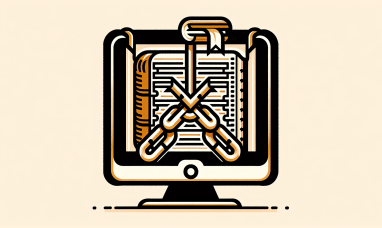In a surprising turn of events, Canada’s annual inflation rate remained unchanged at 3.1% in November, according to Statistics Canada’s report on Tuesday. This development presents a persistent challenge for the Bank of Canada in meeting its inflation target of 2%. Economists had anticipated a deceleration in the Consumer Price Index (CPI) to 2.9% for November, a decline from the 3.1% recorded in October. Every month, CPI rose by 0.1%, matching the October increase.
BMO chief economist Douglas Porter commented on the unexpected stall, emphasizing the ongoing struggle with inflation. He noted, “The bigger picture remains intact: The underlying inflation trend is lower, the economy is chilly, and the Bank is expected to begin trimming rates around mid-year.” Porter acknowledged that the results align with the central bank’s expectations, cautioning against overly optimistic projections of early and frequent rate cuts.
Bank of Canada Governor Tiff Macklem, in a recent end-of-year speech, stated that evidence of “inflation on a sustained downward track” is necessary before considering rate cuts. Macklem clarified that the Governing Council has not yet discussed rate cuts, emphasizing that inflation is showing signs of decline but risks persist.
Market reactions reflected a decreased expectation for monetary policy easing, with the likelihood of a cut next month dropping from 21.4% to 16%. Despite this, markets still anticipate the central bank to initiate easing, possibly as early as April.
Desjardins’ managing director Royce Mendes expressed disappointment in the November report’s impact on inflation, stating that it represents less progress than anticipated. However, he pointed out signs suggesting a normalization in underlying price pressures, particularly noting a 1.9% inflation rate in November when excluding shelter costs.
Key indicators for core inflation, closely monitored by the Bank of Canada, remained stable compared to October. CPI-median and CPI-trim showed no change at annualized rates of 3.4% and 3.5%, respectively. CPI-common was the only measure to decline, dropping from 4.2% in October to 3.9% in November.
CIBC economist Andrew Grantham highlighted the divergence between headline inflation and core measures, stating that while headline inflation did not ease as expected, softer readings on core measures provide some comfort to the Bank of Canada.
November’s inflation data revealed increased prices for travel tours, offsetting slower price growth for groceries, cellular services, and fuel oil. Travel tour prices surged 26.1% year-over-year, while Canadians enjoyed a 22.6% reduction in cell phone plan costs. Food prices continued to outpace headline inflation, rising 4.7% annually, albeit at a slower pace than in October. Energy prices, however, experienced a 5.7% decline year-over-year in November, led by lower fuel oil prices aided by the temporary suspension of the federal carbon tax.
Featured Image: Freepik















